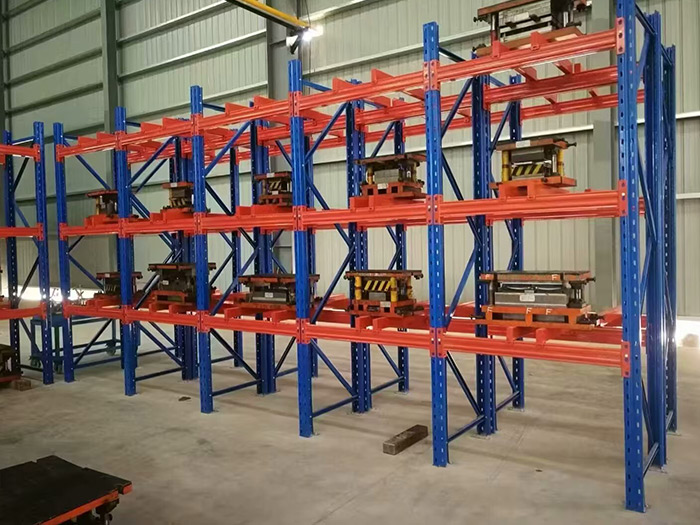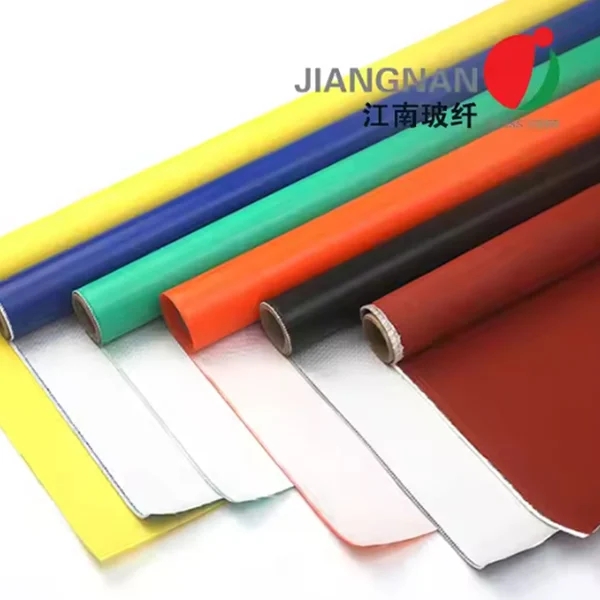Unveiling the Ultimate Plaster: Unraveling the Secrets of the Most Durable Plaster
3 min readPlaster is a versatile material that has been used for centuries in various industries, including construction, art, and medicine. However, not all plasters are created equal when it comes to durability. In this blog post, we will delve into the world of plasters and uncover the secrets behind the most durable plaster available today.
- Understanding the Importance of Durability in Plaster:
Durability is a crucial factor to consider when choosing plaster for any application. Whether it's for building structures, creating sculptures, or even for medical casts, a durable plaster ensures longevity, strength, and resistance to wear and tear. It is essential to select a plaster that can withstand the test of time and maintain its integrity under various conditions. - Exploring Traditional Plaster Types:
a) Lime Plaster: Lime plaster has been used for centuries and is known for its durability. Made from limestone, it offers excellent breathability, flexibility, and resistance to cracking. However, it may not be suitable for all applications due to its slow drying time and specific maintenance requirements.
b) Gypsum Plaster: Gypsum plaster, also known as plaster of Paris, is widely used in construction and art. It is known for its quick drying time and ease of application. While gypsum plaster is relatively durable, it may not be the most suitable option for high-traffic areas or outdoor use due to its lower resistance to moisture.
- Unveiling the Most Durable Plaster:
a) Polymer-Modified Plaster: Polymer-modified plaster is a modern innovation that combines traditional plaster materials with polymer additives. This unique blend enhances the plaster's durability, strength, and resistance to cracking. It offers excellent adhesion, flexibility, and impact resistance, making it ideal for both interior and exterior applications.
b) Fiberglass Reinforced Plaster: Fiberglass reinforced plaster incorporates fiberglass strands or mesh within the plaster mixture. This reinforcement significantly improves the plaster's tensile strength, impact resistance, and overall durability. It is commonly used in industrial settings, where high strength and resistance to damage are paramount.
- Factors Influencing Plaster Durability:
a) Curing Time: Proper curing time is crucial for plaster durability. Rushing the drying process can compromise the plaster's strength and lead to cracking or crumbling. Following manufacturer guidelines and allowing sufficient curing time is essential for achieving maximum durability.
b) Application Technique: The skill and technique employed during plaster application play a significant role in its durability. Proper mixing, layering, and smoothing techniques ensure a uniform and robust plaster surface, minimizing the risk of weak spots or vulnerabilities.
c) Environmental Factors: Environmental conditions, such as temperature, humidity, and exposure to moisture, can impact plaster durability. It is essential to choose a plaster that can withstand the specific environmental conditions it will be subjected to, ensuring long-lasting performance.
Conclusion:
When it comes to durability, selecting the right plaster is crucial for any application. While traditional plasters like lime and gypsum have their merits, modern innovations such as polymer-modified plaster and fiberglass reinforced plaster offer enhanced durability, strength, and resistance to damage. By considering factors like curing time, application technique, and environmental conditions, you can ensure the longevity and reliability of your plastered surfaces. Choose wisely, and let your projects stand the test of time with the most durable plaster available.



